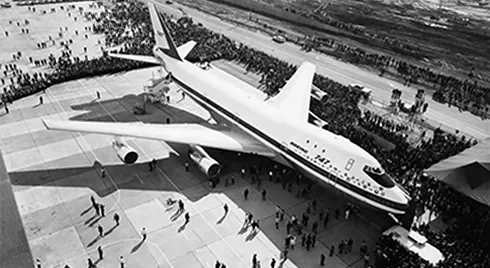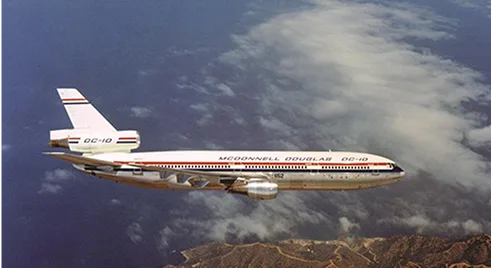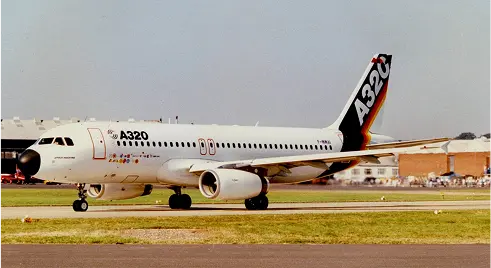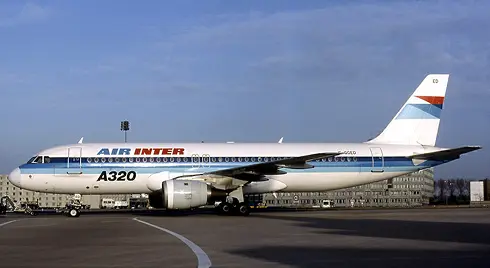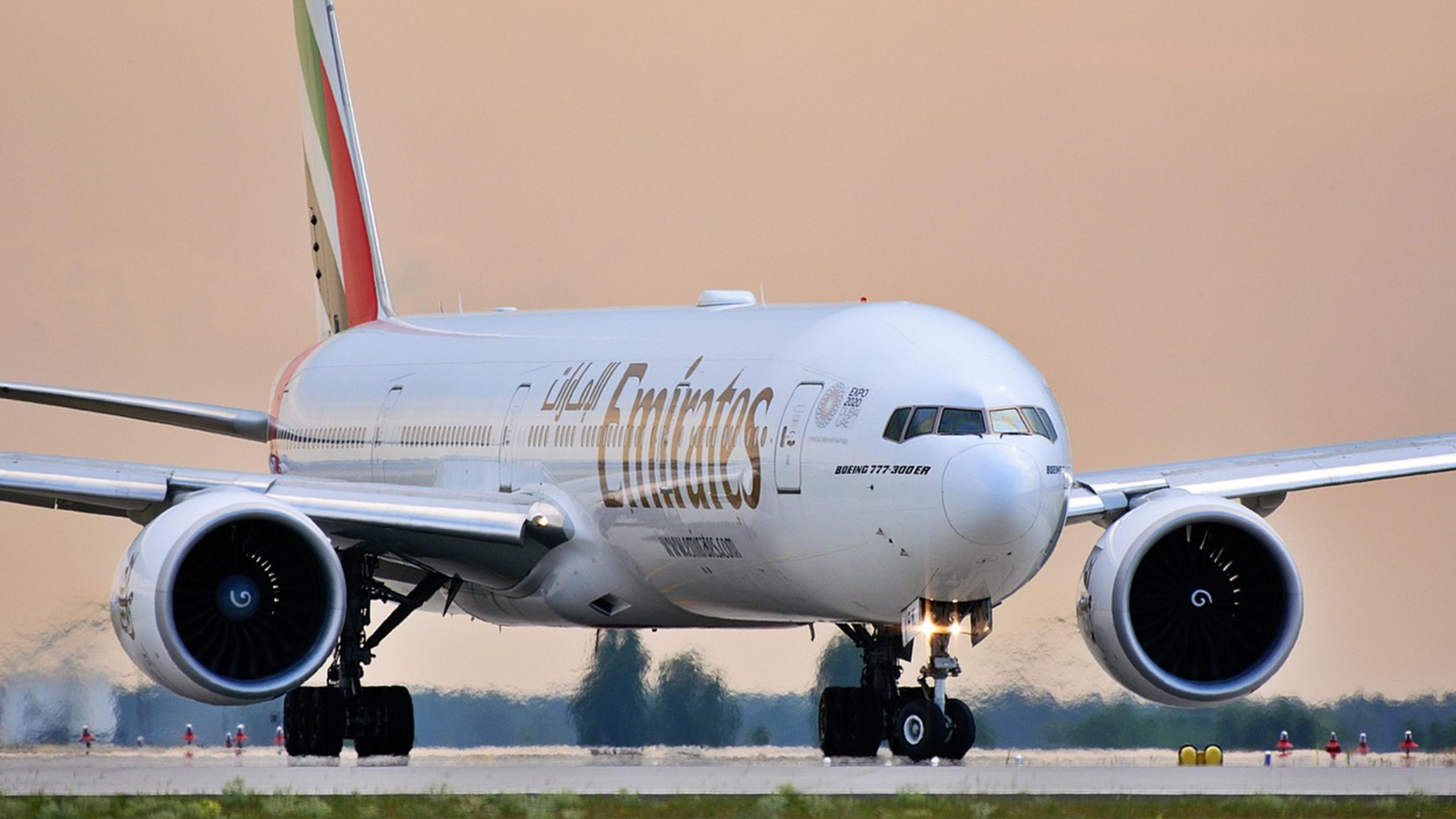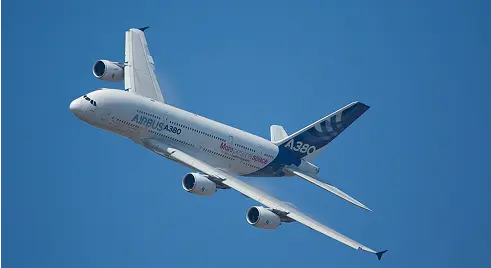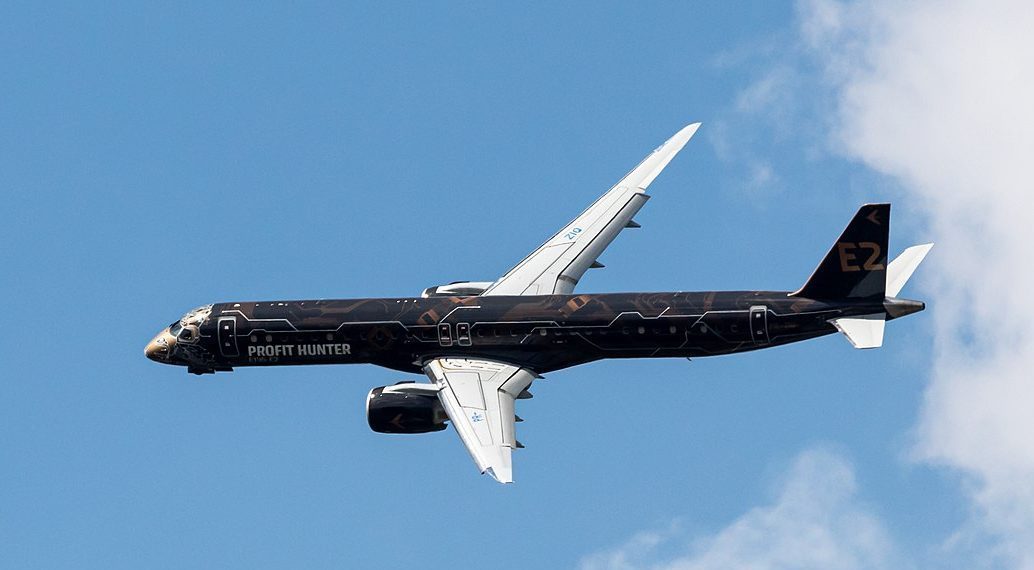About us
Our History
Since 1963, EUROCAE has led global aviation standardisation, improving safety, efficiency, and sustainability through widely adopted standards.
Since 1963, 60 years driving the
standard for aviation
Since its founding in 1963, EUROCAE has been at the forefront of aviation standardisation, uniting manufacturers, operators, regulators, and industry experts to develop high-quality, internationally recognised standards.
As a non-profit association, EUROCAE’s mission is to enhance safety, efficiency, and interoperability across the global aviation sector.
For over six decades, EUROCAE has played a pivotal role in shaping the industry, from pioneering avionics and satellite-based navigation standards to advancing aircraft performance monitoring and environmental sustainability.
List of EUROCAE Presidents
1963-1966: Philippe Lizon (L.M.T.)
1966-1968: Bernard J. O’Kane (Marconi-Elliott Avionic Systems)
1968-1973: Albert Colpaert (Manufacture Belge de Lampes et de Matériel Électronique, MBLE)
1973-1976: Marc de Saint Denis (Thomson-CSF)
1976-1979: D. G. T. Hayes (Decca-Navigator)
1979-1983: Jacques Pagnard (SFENA)
1983-1988: Alan Carnell (Racal Avionics)
1988-1993: Bernard Dubois (Thomson-TRT Défense)
1993-1997: John Charnley (CAA)
1997-1999: Jean-Paul Lepeytre (Sextant Avionique)
1999-2002: Alain Garcia (Airbus)
2002-2005: Terence Knibb (BAE Systems)
2005-2007: Paolo Prudente (Selex S.I.)
2007-2010: Gil Michielin (Thales)
2010-2014: Jean-Paul Platzer (Airbus)
2014-2016 : Eric Bernard (Dassault Aviation)
2016-2020: Francis Schubert (Skyguide)
2020-2023: Bruno Ayral (Thales LAS France)
2023-Present: Guillaume Roger (DGAC)
List of EUROCAE Secretary Generals / Director Generals
1965-1976: Général J. David
1976-1979: Michel de Gironville
1979-1987: Thomas Johnstone McWiggan
1987-1994: Bernard Perret
1994-2004: Francis Grimal
2004-2011: Gilbert Amato
2011-2014: Abdoulaye N’Diaye
2014-2022: Christian Schleifer-Heingärtner
2022-Present: Anna von Groote
List of EUROCAE Award Winners
Since 2014, EUROCAE has taken the opportunity during its annual Symposium to honour exceptional individuals who have gone above and beyond in their contributions over the past year. These recognitions celebrate not only technical excellence but also the dedication and collaborative spirit that drive our standardisation work forward.
Each year, the nominations for the various EUROCAE Awards come directly from within our Working Groups. Who better to identify outstanding contributors than the peers who collaborate with them day in and day out? These Awards are a reflection of the community’s appreciation and a symbol of the high standards upheld across our organisation.
2014:
- Best Contribution: Philippe Plantin de Hugues
2015:
- Best Contribution: Laurent Azoulai
2016:
- WG Leadership: Dewar Donnithorne-Tait
- Global Harmonisation: Jerome Condis
- Best Contribution: Rory Hedman
- International: Vince LoPresto
- Innovation: Michel Messerschmidt
2017:
- Lifetime Achievement: Alain Gilbert
- WG Leadership: François Larue
- Women in Aviation: Catherine Bonari
- Global Harmonisation: WG-99/SC-234 (Dr. Robert Kebel, Dr. Stephan Schulte, & Billy Martin)
- Best Contribution: Pierre-Yves Gauthier
- International: Michael Garcia
2019:
- President: Shigeru Ozeki
- Lifetime Achievement: Michael Allouche
- WG Leadership: Stephane Pelleschi
- Global Harmonisation: WG-72/SC-216 (Jean-Paul Moreaux, Daniel Johnson, & David Pierce)
- Best Contribution: Chris Hoffman
- International: Fabrice Kunzi
2020:
- President: Friedhelm Runge
- Lifetime Achievement: Yves Morier
- WG Leadership: Frank Flourens
- Global Harmonisation: Armin Schlereth
- Best Contribution: Linda Lavik
- International: Barbara Clark
2021:
- President: Pascal Medal
- Lifetime Achievement: Ken Carpenter
- WG Leadership: Marc Poncon
- Global Harmonisation: Denis Bouvet
- Best Contribution: Dr. Ikhlas Selmi
- International: John Fisher
2022:
- President: Jean-Marc Loscos
- Lifetime Achievement: David Bowen
- WG Leadership: Philippe Chauffoureaux
- Global Harmonisation: Chuck La Berge
- Best Contribution: Philippe Leplae
- International: Vaugh Maiolla
2023:
- Lifetime Achievement: Roland Mallwitz
- WG Leadership: Jörn Jakobi
- Women in Aviation: Julia Sanchez
- Global Harmonisation: Eric Asselin
- Best Contribution: Clive Goodchild
- International: Mark Brown
2024:
- President Award: Patrick Souchu
- Lifetime Achievement: Luc Deneufchâtel
- WG Leadership: Roy Posern
- Women in Aviation: Laure Baltzinger
- Global Harmonisation: Mikael Mabilleau
- Best Contribution: Konstantin Dmitriev
- International: Hiroaki Nakata
2025:
- President Award: Bruno Ayral
- Lifetime Achievement: Ross Hannan
- WG Leadership: Luc Emberger
- Women in Aviation: Amanda Hoprich
- Global Harmonisation: Sarah Stern
- Best Contribution: Christophe Ouzeau
- International: Steve Bellingham

